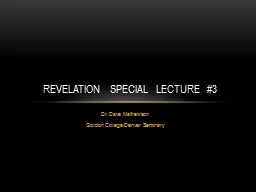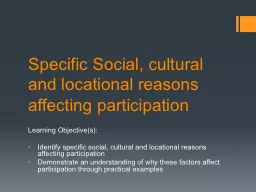PDF-Major trends affecting families in the new millennium
Author : tawny-fly | Published Date : 2016-02-28
Relational behaviour Regarding relational behaviour the age of first sexual intercourse further decreased in the 1990s At the beginning of the 1990s among young
Presentation Embed Code
Download Presentation
Download Presentation The PPT/PDF document "Major trends affecting families in the n..." is the property of its rightful owner. Permission is granted to download and print the materials on this website for personal, non-commercial use only, and to display it on your personal computer provided you do not modify the materials and that you retain all copyright notices contained in the materials. By downloading content from our website, you accept the terms of this agreement.
Major trends affecting families in the new millennium : Transcript
Download Rules Of Document
"Major trends affecting families in the new millennium "The content belongs to its owner. You may download and print it for personal use, without modification, and keep all copyright notices. By downloading, you agree to these terms.
Related Documents














